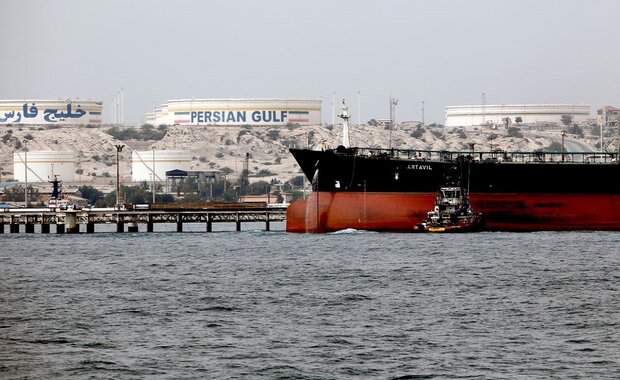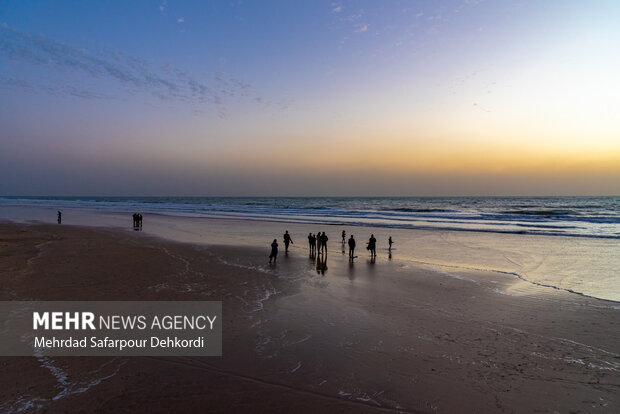Strategic Persian Gulf throughout history

Every year, Iranians observe the Persian Gulf Day on the 10th of Ordibehesht, the second month on the Persian calendar, which usually falls on April 30.
Various seminars, conferences, and celebrations are held throughout Iranian cities nationwide attended by high-profile military and governmental officials to commemorate the occasion.
Where is the Persian Gulf?
The Persian Gulf is located in the southwest of the Asian Continent at 23 to 30 degrees northern latitude and 48 to 56 degrees longitude on the south side of the vast country of Iran, with a length of 1259 kilometers.
Karoun, Zohreh, Jarrahi Mond, Dalki, Hendijan, Kol and Minab are the largest and the most watery rivers that flow into the PERSIAN GULF from the Iranian Plateau.
History tells truth
For thousands of years world maps from ancient times dating as far as 500 B.C to the present have all been referring to this body of water as the Persian Gulf.
As to the historical background of the name Persian Gulf, Sir Arnold Wilson mentions in a book, published in 1928 that no water channel has been so significant as PERSIAN GULF to the geologists, archaeologists, geographers, merchants, politicians, excursionists, and scholars whether in past or in present, the National Cartographic Center of Iran reported.
In the world map of Diseark (285-347 B.C.) too, the Persian Gulf and Arabian Gulf have been clearly distinct. At the same time, many maps and deeds prepared up to the 8th century by scientists and geographical researchers such as Hecataeus, Herodotus (father of Science of Geography), Hiparek, Claudius Batlamious and Krats Malous, the source added.
In the Islamic period, Mohammad Ibn Mousa Kharazmi, Abou Yousef Eshagh Kandi, Ibn Khardazabeh, Harrani (Batani), Masoudi, Abou Zeyd Balkhi, Estakhri, Ibn Houghal and Aboureyhan Birouni mention that there is a wide sea at south of Iran named Pars Sea, Pars Gulf, Fars Sea, Fars Gulf, Bahre Fars, Sinus Persicus and Mare Persicum and so on, it further noted.
According to the book “Documents on the Persian Gulf’s Name, the Eternal Heritage of Ancient Time,” the term the Persian Gulf and its equivalents have been used continuously since earlier than 400 BC in all languages, especially in the Arabic language.

Why this date?
The Islamic Republic of Iran has designated April 30 as the ‘National Day of the Persian Gulf’ since the date coincides with the anniversary of Shah Abbas’ successful military campaign against the Portuguese navy in the Persian Gulf in 1622 AD.
Iranians drove the Portuguese navy out of the Strait of Hormuz, a waterway that separates the Persian Gulf from the Sea of Oman.
Strategic body of water
The Persian Gulf is a busy international trade route connecting West Asia to Africa, India, and China.
A considerable amount of the world’s oil traded by sea passes through the Strait of Hormuz, making the Persian Gulf region one of the most highly important strategic places in the world for international trade.

The national occasion is meant to call attention to the fact that the inland sea has been referred to by historians and ancient texts as the Persian Gulf since the Achaemenid Empire was established in what is now modern-day Iran.
Since the mid-19th century, some Arab-speaking countries, along with their western allies, have been trying to change the historical name of the Persian Gulf in the mass media but Iran has attributed such efforts as politically motivated which will be of no avail.
This international waterway will always be called the Persian Gulf in spite of some who resort to media hype and misinformation to call it some fake names.
Reported by Tohid Mahmoudpour
source: en.mehrnews.com





